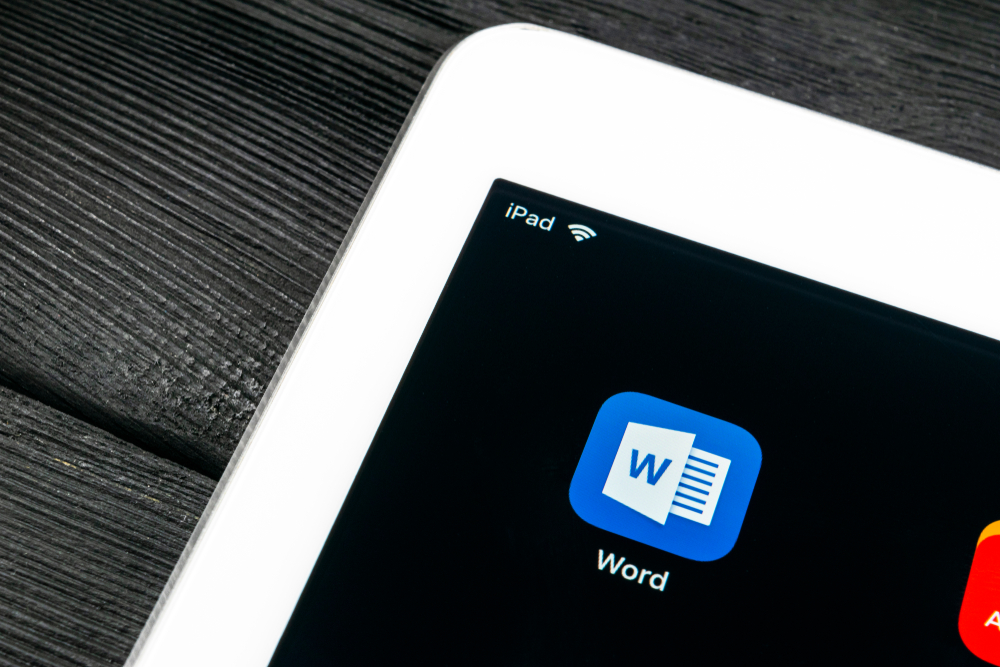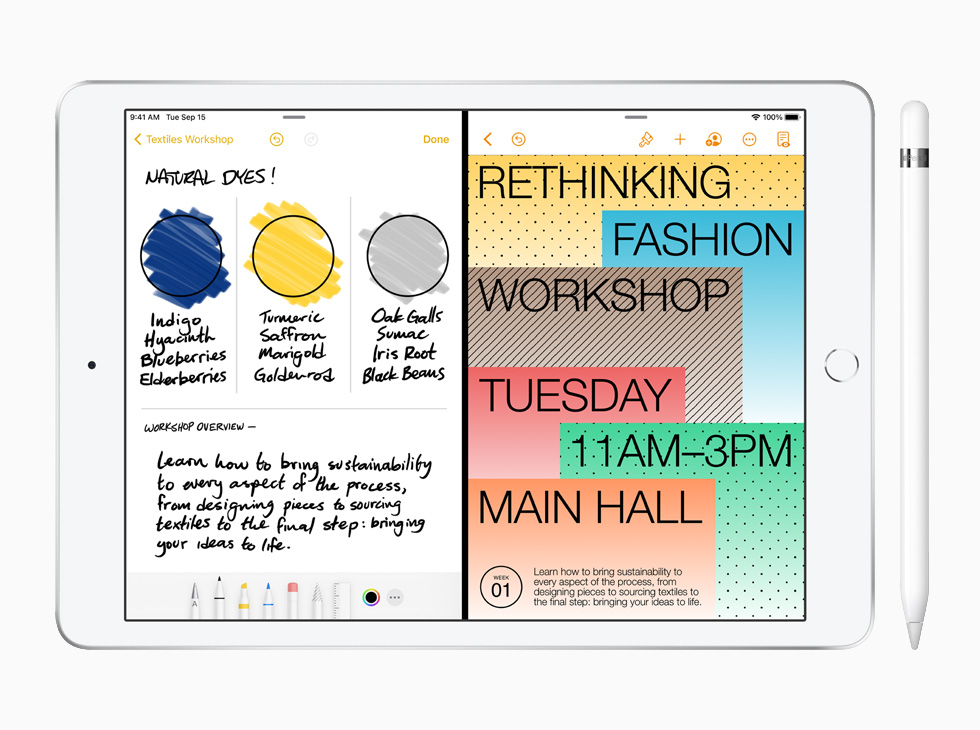
We used a one-year old third-generation iPod Touch running iOS 4.2.1, the latest version at the time of writing, in our tests. Since Flash Player isn't available on iOS, we used the open-source VLC app instead which can play Flash videos (unfortunately VLC is no longer available for iOS due to a separate legal dispute). Although it is currently possible to play Flash videos on jailbroken iOS devices using a port of Flash Player, we decided against this route given the very experimental nature of the port.
We created two video files of the same movie, one using the H.264 codec in a .m4v container and the other using the Sorenson Spark codec, one of the most popular codecs used in online Flash videos before the rise of H.264, in a .flv container. We used the open-source video encoder FFmpeg to create both files and tried to keep the encoding settings as consistent as possible between them both. Since the VLC app doesn't support playlists and can't loop the same file repeatedly, we had to 'cut and paste' multiple copies of the film together into one long file using a video editor.
To measure the battery life of the iPod Touch while it was playing the videos, we charged it fully, set a moderate volume level and set the screen to 50% brightness. We used a 3.5mm audio splitter cable to plug the earphones into one jack and connect the other to a laptop's line input. We used Total Recorder to record the iPod's output. After the battery is exhausted, the recorded sound file shows how long it lasted.
We performed this test three times on the iPod Touch we played the Flash video using VLC, the H.264 video using VLC and the H.264 video again using Apple's standard Videos playback app.
For comparison, we also tested an Android 2.2 device the Android version of Flash Player only works on Android 2.2 or later. Unfortunately, the only Android 2.2 device we could get a hold of was the Samsung Galaxy Tab, a 7in tablet device not directly comparable to the 3.5in iPod Touch.
Nonetheless, we tested the Tab twice once with the H.264 video and again with the Flash video - to see how those times compare to each other. With the Adobe Flash Player plugin for Android installed, the included video playback app was capable of playing the Flash file as well as the H.264 file so no separate app was used.
On both the iPod Touch and the Galaxy Tab, we disabled all the wireless radios. Although this doesn't really reflect real-world usage, since we were testing the specific effect of video playback on battery life, we tried to exclude as many extraneous factors as possible.
Sign up today and you will receive a free copy of our Future Focus 2025 report - the leading guidance on AI, cybersecurity and other IT challenges as per 700+ senior executives
-
 How the UK public sector could benefit from strategic channel partnerships
How the UK public sector could benefit from strategic channel partnershipsIndustry Insights Is the channel the answer to the growing cost vs budget problem facing the public sector?
-
 Microsoft wants to replace C and C++ with Rust by 2030
Microsoft wants to replace C and C++ with Rust by 2030News Windows won’t be rewritten in Rust using AI, according to a senior Microsoft engineer, but the company still has bold plans for embracing the popular programming language
-

 Apple iPad Pro 12.9in (2021) review: A giant leap for Apple silicon
Apple iPad Pro 12.9in (2021) review: A giant leap for Apple siliconReviews Paired with a 120Hz display with incredible colour accuracy, the iPad Pro is more deserving of its name than ever
-

 Apple iPad (2021) review: The best entry-level iPad
Apple iPad (2021) review: The best entry-level iPadReviews Although pointing more to the past than the future, this iPad succeeds where it matters
-
 Apple iPad Pro 12.9in (Apple M1, 2021) review: Falls just short of greatness
Apple iPad Pro 12.9in (Apple M1, 2021) review: Falls just short of greatnessReviews More of a laptop alternative than ever with a stupendous display but iOS still has flaws
-
 Microsoft Office for iPad gets mouse and trackpad support
Microsoft Office for iPad gets mouse and trackpad supportNews The iOS app update also brings a new start screen and a ribbon of feature menus
-
 The 8th-generation iPad debuts with the A12 Bionic chip
The 8th-generation iPad debuts with the A12 Bionic chipNews Apple claims it's latest entry-level iPad is three times faster than the top Android tablet
-

 Apple iPad Pro 12.9in (2020) review: Believe the hype
Apple iPad Pro 12.9in (2020) review: Believe the hypeReviews The most expensive and most ambitious iPad yet
-
 Apple confirms serious bugs in iOS 13.5
Apple confirms serious bugs in iOS 13.5News No fix is available yet for the heavy battery drain and log-in issues
-

 Apple iPad mini 5 (2019) review: If it ain’t broke...
Apple iPad mini 5 (2019) review: If it ain’t broke...Reviews Almost four years on, the new iPad mini is still every bit as good as always